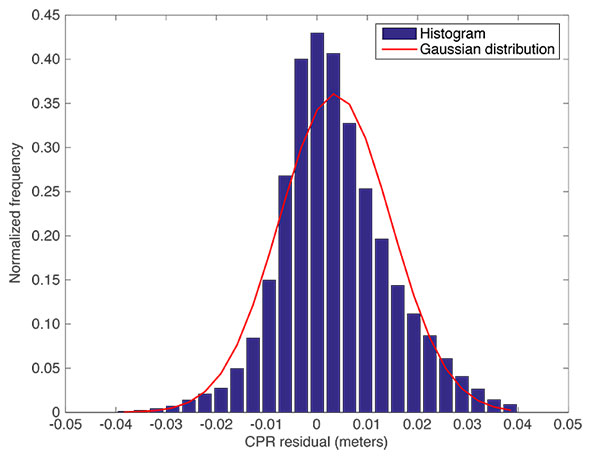GMAT Question of the Day: Daily via email | Daily via Instagram
New to GMAT Club? Watch this Video
|
It is currently 23 Dec 2020, 07:30 |

item: Jammer boy - radiojammer 42 votes
| radiojammer | 891 | 7764 |
| jammer military | 4205 | 3612 |
| wifi jammer Selkirk | 8060 | 5413 |
| remote jammer | 7384 | 7460 |
| ultimate handheld jammer | 1334 | 8487 |
Jammer boy - radiojammer |